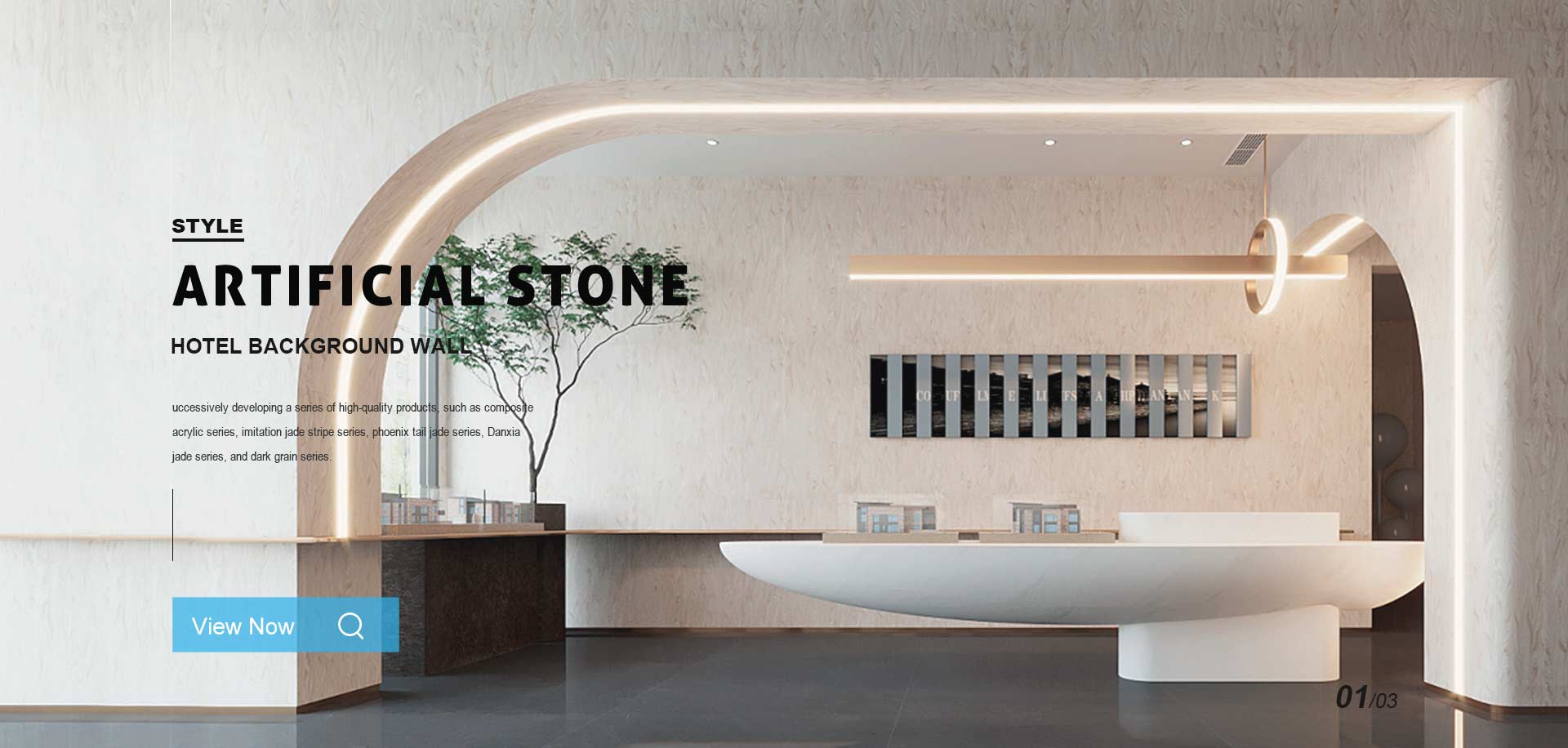Artificial translucent stone refers to a synthetic material that replicates the appearance and characteristics of natural translucent stone. It is typically composed of resin and other materials to create a semi-transparent or semi-translucent effect. Artificial translucent stone is used in various applications such as interior decoration, lighting design, and architectural features where the unique aesthetic of semi-transparency and light transmission is desired.The installation process of artificial translucent stone may vary depending on the specific application and product specifications. However, here are some general guidelines on how to install artificial translucent stone:
1. Surface Preparation: Ensure that the installation surface is clean, dry, and structurally sound. Remove any existing finishes, adhesives, or debris from the surface. Repair any cracks or irregularities to create a smooth and even substrate.
2. Measurement and Layout: Take accurate measurements of the installation area, taking into account any cutouts or special features required. Mark the layout on the surface to guide the installation process.
3. Adhesive Selection: Choose a suitable adhesive specifically designed for artificial translucent stone. Follow the manufacturer's recommendations for adhesive application, coverage, and drying time. Apply the adhesive evenly on both the back of the stone panels and the installation surface.
4. Panel Installation: C





